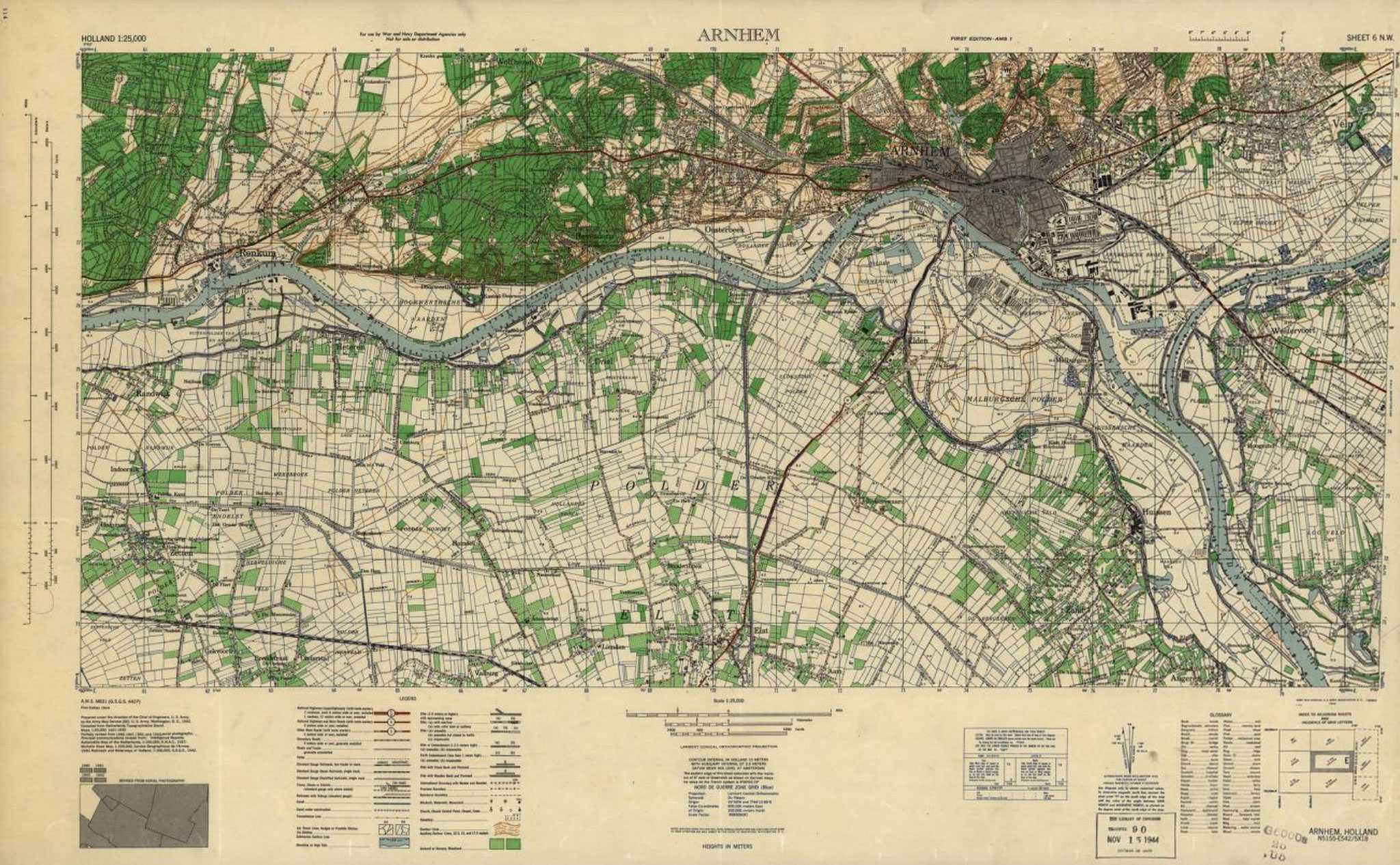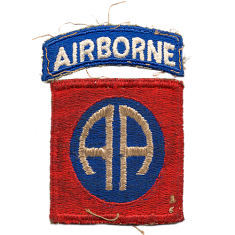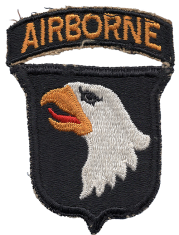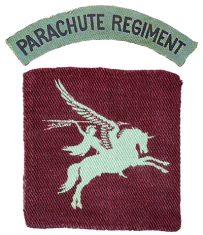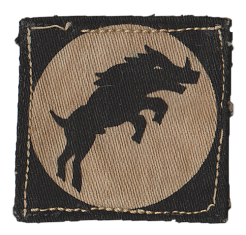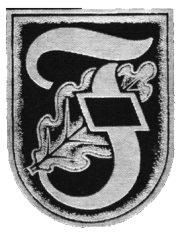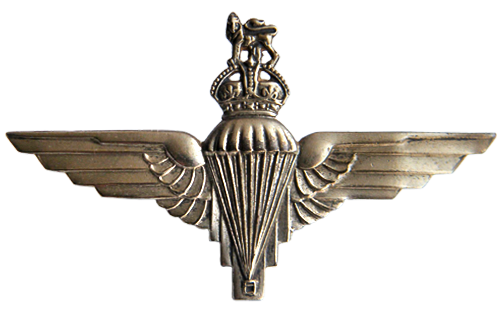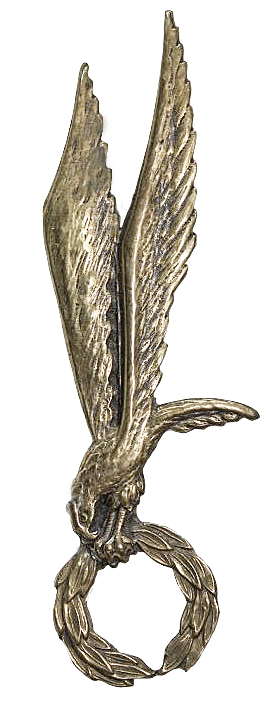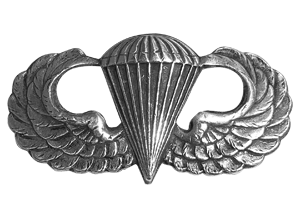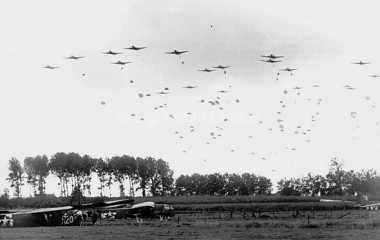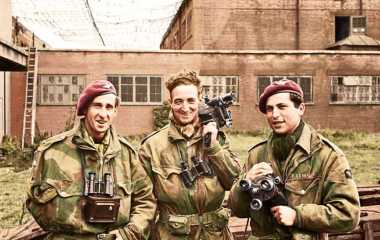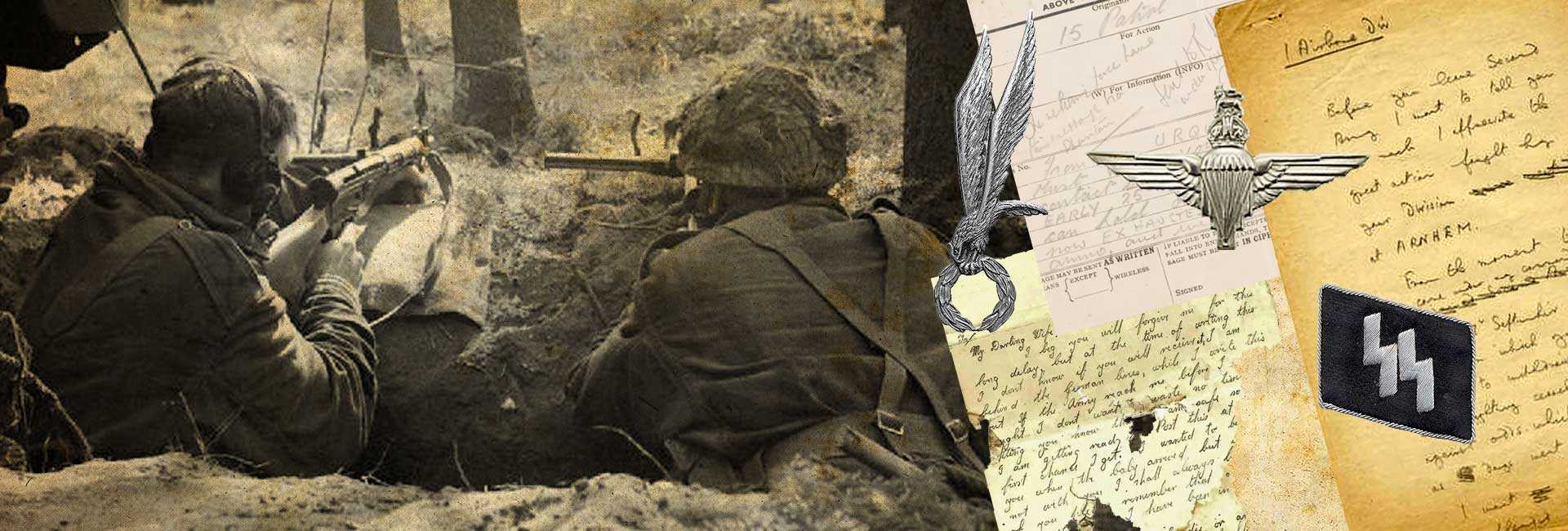
17 - 25 September 1944
Battle of Arnhem
Commanders of the Operation Market Garden
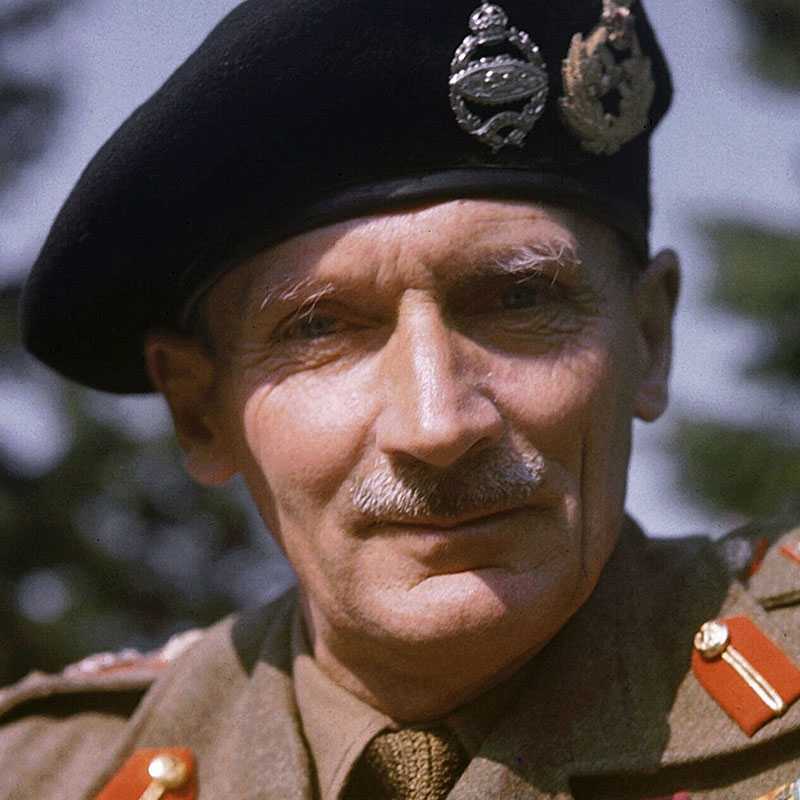
Bernard Montgomery
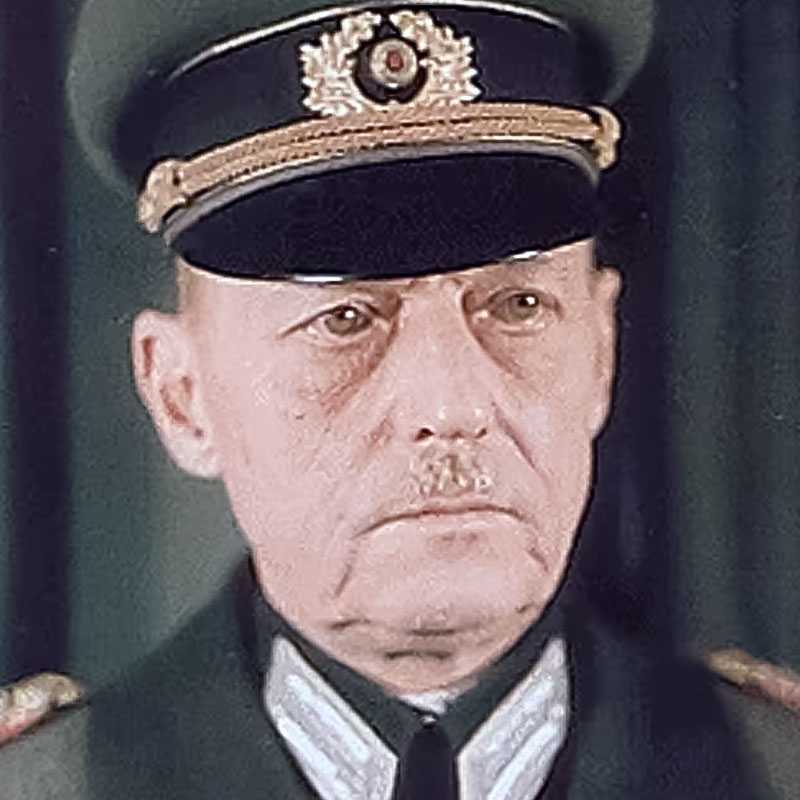
Gerd von Rundstedt
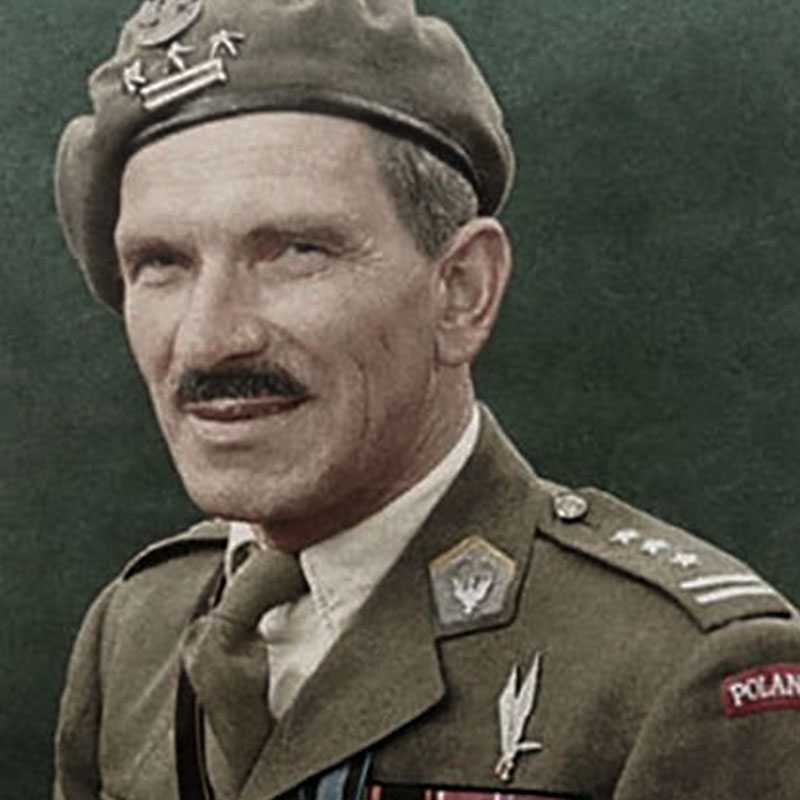
Stanisław Sosabowski
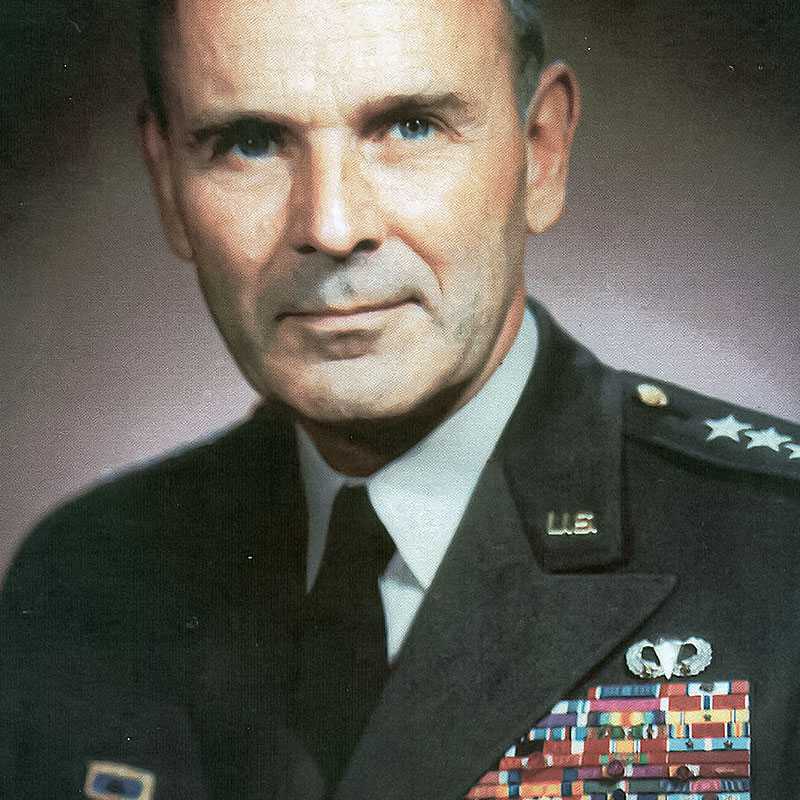
Maxwell D. Taylor
By September 1944, Allied forces had successfully broken out of their Normandy beachhead and pursued shattered German forces across Northern France and Belgium. Although Allied American commanders generally favoured a broad front policy to continue the advance into Germany and the Netherlands, Field Marshal Bernard Montgomery proposed a bold plan to head north through the Dutch Gelderland, bypassing the German Siegfried Line defences and opening a route into the German industrial heartland of the Ruhr. Initially proposed as a British and Polish operation codenamed Operation Comet, the plan was soon expanded to involve most of the First Allied Airborne Army and a set piece ground advance into the Netherlands, codenamed Market Garden.
Montgomery's plan involved dropping the US 101st Airborne Division to capture key bridges around Eindhoven, the US 82nd Airborne Division to secure key crossings around Nijmegen, and the British 1st Airborne Division, with the Polish 1st Independent Parachute Brigade attached, to capture two bridges across the Nederrijn at Arnhem. Although Lieutenant General Lewis H. Brereton commanded the First Allied Airborne Army, his second in command Lieutenant-General Frederick Browning took command of the airborne operation. The British Second Army, led by 30 Corps would advance up the "Airborne corridor", securing the airborne division's positions and crossing the Rhine within two days. If successful the plan would open the door to Germany and hopefully force an end to the war in Europe by the end of the year.
1st Airborne Division
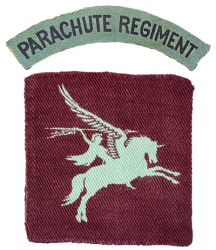
10. SS-Panzer-Division Frundsberg
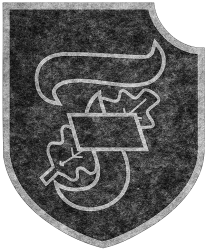
Battle specifications
Date of the battle
Duration of the battle
Reason for the battle
Location
Battle result
The Battle of Arnhem was a major battle of the Second World War at the vanguard of the Allied Operation Market Garden. It was fought in and around the Dutch towns of Arnhem, Oosterbeek, Wolfheze, Driel, and the surrounding countryside from 17–26 September 1944.
The Allies were poised to enter the Netherlands after sweeping through France and Belgium in the summer of 1944, after the Battle of Normandy. Market Garden was proposed by Field Marshal Sir Bernard Montgomery, who favoured a single thrust north over the branches of the Lower Rhine River, allowing the British Second Army to bypass the Siegfried Line and attack the Ruhr. Allied Airborne troops were dropped in the Netherlands to secure key bridges and towns along the Allied axis of advance. Farthest north, the British 1st Airborne Division landed at Arnhem to secure bridges across the Nederrijn, supported by men of the Glider Pilot Regiment and the 1st Polish Parachute Brigade. British 30 Corps were expected to reach the British airborne forces in two to three days.
The British airborne forces landed some distance from their objectives and were hampered by unexpected resistance, especially from elements of the 9th and 10th SS Panzer Divisions. Only a small force was able to reach the Arnhem road bridge while the main body of the division was halted on the outskirts of the town. Meanwhile, 30 Corps was forced to stop at two bridges (Son and Nijmegen) and were unable to relieve the airborne troops according to schedule. After four days, the small British force at the bridge was overwhelmed and the rest of the division became trapped in a small pocket north of the river, where they could not be sufficiently reinforced by the Poles or 30 Corps when they arrived on the southern bank, nor by the RAF's resupply flights. After nine days of fighting, the shattered remains of the division were withdrawn in Operation Berlin. The Allies were unable to advance farther with no secure bridges over the Nederrijn, and the front line stabilised south of Arnhem. The British 1st Airborne Division lost nearly ¾ of its strength and did not see combat again.
The Allies' failure to secure a bridge over the Lower Rhine spelled the end of Market Garden. While all other objectives had been achieved, the failure to secure the Arnhem road bridge over the Rhine meant that the operation failed in its ultimate objective. Field Marshal Montgomery claimed that the operation was 90% successful and the Allies did possess a deep salient into German occupied territory that was quickly reinforced. Milton Shulman observed that the operation had driven a wedge into the German positions, isolating the 15th Army north of Antwerp from the First Parachute Army on the eastern side of the bulge. This complicated the supply problem of the 15th Army and removed the chance of the Germans being able to assemble enough troops for a serious counterattack to retake Antwerp. Chester Wilmot agreed with this, claiming that the salient was of immense tactical value for the purpose of driving the Germans from the area south of the Maas and removing the threat of an immediate counterattack against Antwerp. Kershaw views the situation differently, observing that the north flank of the west wall was not turned and the 15th Army was able to escape. Dr. John Warren of the American Historical Division of the United States Air Force believed that the Allies now controlled a salient leading nowhere. John Waddy is of the belief that the strategic and tactical debate of Market Garden will never be resolved. Was Arnhem a bridge too far?
Arnhem was described as "a tactical change of plan, designed to meet a favourable local situation within the main plan of campaign" but the result "dispelled the hope that the enemy would be beaten before the winter. First and Third U.S. Armies had already been checked, the former at Aachen and in the Ardennes, the latter at Metz and south of Nancy. The failure to outflank the Siegfried Line finally dictated the pause in the general advance which Montgomery had feared", and meant that General Dwight D. Eisenhower "turned to Antwerp, which despite the long-delayed capture of Le Havre on 12 September, of Brest on the 18th and of Calais on the 30th, remained, as the closest, largest and best-preserved of the ports, the necessary solution to the difficulties of supply.
Kate ter Horst - Arriëns (Angel of Arnhem)
Kate ter Horst-Arriëns (Amsterdam, July 6, 1906 - Oosterbeek, February 21, 1992) was a Dutch woman who became known for caring for British wounded during the Battle of Arnhem. Kate attended grammar school and in 1930 married Jan ter Horst, a lawyer from Rotterdam, with whom she had six children. The family moved to Oosterbeek. On Sunday 17 September 1944, Captain Randall Martin asked Ter Horst for permission to set up a relief post in her house on Benedendorpsweg in Oosterbeek. The house was an old rectory with fourteen rooms, in Oosterbeek-Laag. During the Battle, the British were trapped in Oosterbeek and the entire division was in danger of being destroyed. The number of dead and injured rose rapidly. In Ter Horst's home she was partly responsible for about 250 wounded soldiers in eight days. She read from the Bible to dying soldiers and counteracted the water shortage by getting water from the toilet and boiler. Among the military she was nicknamed the Angel of Arnhem. After the Battle of Arnhem, Oosterbeek was evacuated and the Ter Horst family left for Apeldoorn. Ter Horst died in February 1992. She was hit by a car while taking a walk with her husband and died on the spot.
Arnhem was a bridge too far
On the Alllied side was around 1.984 killed and 6.854 captured. The battle exacted a heavy toll on the 1st Airborne Division from which it would never recover. Three-quarters of the formation were missing when it returned to England, including two of the three brigade commanders, eight of the nine battalion commanders and 26 of the 30 infantry company commanders. Some 500 men were still in hiding north of the Rhine, and over the coming months many of these were able to escape: initially in Operation Pegasus. New recruits, escapees and repatriated POWs joined the division over the coming months, but the division was still so much weakened that the 4th Parachute Brigade had to be merged into the 1st Parachute Brigade, and the division as a whole could barely produce two brigades of infantry. Between May and August 1945, many of the men were sent to Denmark and Norway to oversee the German surrenders there but on their return the division was disbanded.
The Glider Pilot Regiment suffered the highest proportion of fatal casualties during the battle (17.3% killed). The regiment was so badly depleted that during Operation Varsity RAF pilots were used to fly many of the gliders. As glider operations were phased out after the war, the regiment shrank and was eventually disbanded in 1957.
On the German side around 1.300 men were killed and some 2.000 wounded
Operation Marker Garden proved to be a bridge too far.
